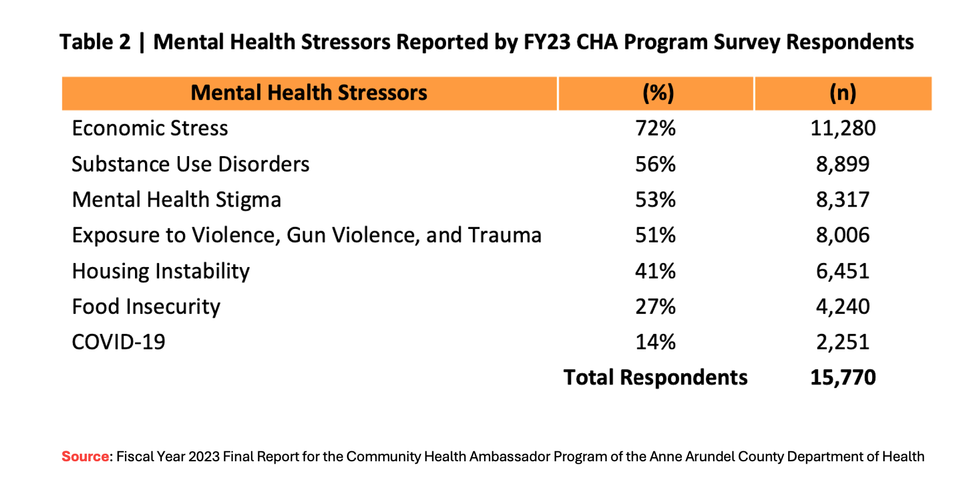Marginal improvements have been made to help voters understand the questions posed to them on the ballot this November, a new study concludes, but such ballot measures still favor the college-educated — who represent a minority of the U.S. population.
This year voters in eight states will decide the fate of a collective 36 such propositions. In a study released Thursday, Ballotpedia assessed how easy it is to comprehend what each proposal would accomplish, concluding that the difficulty level had decreased compared with the referendums decided in the last off-year election of 2017 — but not by much.
In fact, according to a pair of well-established tests, 21 of the 36 ballot measures cannot be understood by the 40 percent of the voting-age population who never attended college.
Ballotpedia, a nonprofit and nonpartisan encyclopedia of elections, used two formulas in wide use by the government for decades to assess whether its publications can be understood by the desired audience: the Flesch Reading Ease and Flesch-Kincaid Grade Level. The editors scored each ballot measure on the estimated education level needed to understand the text. These scores, however, do not measure the complexity of an idea in a ballot measure, so voter comprehension could be under-appreciated or overestimated.
Aggregating all the measures to be decided next month, the average score using both formulas indicated voters need a college graduate's reading ability to understand the ballot measures. The combined score of 26 on the Reading Ease scale signaled that a bachelor's degree was necessary. The Grade Level test found that an average of 15 school years, or most of the way through college, was needed to comprehend the ballot questions.
Compared to 2017, though, the ease of comprehension has increased somewhat. The same formulas estimated an average of 20 years of education were required for the 27 statewide ballot measures posed to voters two years ago.
Only 31 percent of people 25 or older have a bachelor's degree or higher education level, according to the Census Bureau. So while the ability to comprehend ballot measures is becoming more widespread, it still does not reflect the skills of the average American voter.
Out of the eight states, Washington's ballot measures look to be the easiest to read in November, according to Ballotpedia's analysis. The tests signaled that only some high school was necessary to comprehend the 15 propositions.
A dozen of them are stated in 40 words or less. For the three others, brief summaries will be included on the ballot to help with comprehension. All the propositions were written by the office of the state attorney general.
Colorado's two measures, both put on the ballot by the General Assembly, ranked as the most difficult to read. Ballotpedia estimates voters need at least 26 years of education to understand them — essentially the equivalent of having a Ph.D. One measure asks voters about retaining revenue for transportation and education. The other asks voters about legalizing sports betting.




















